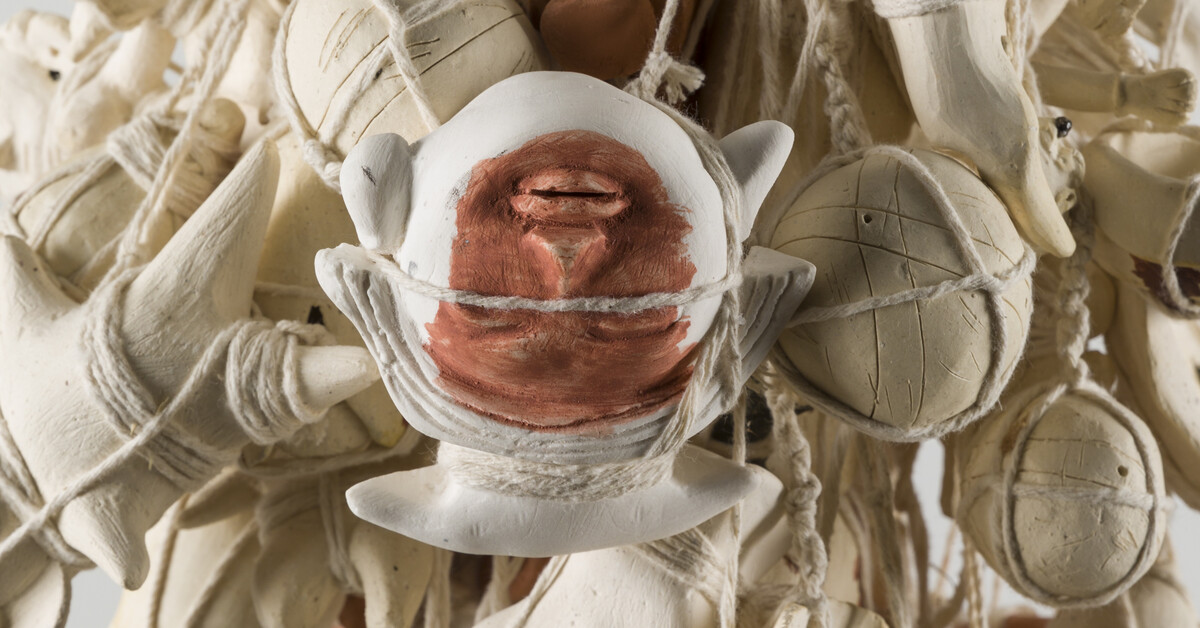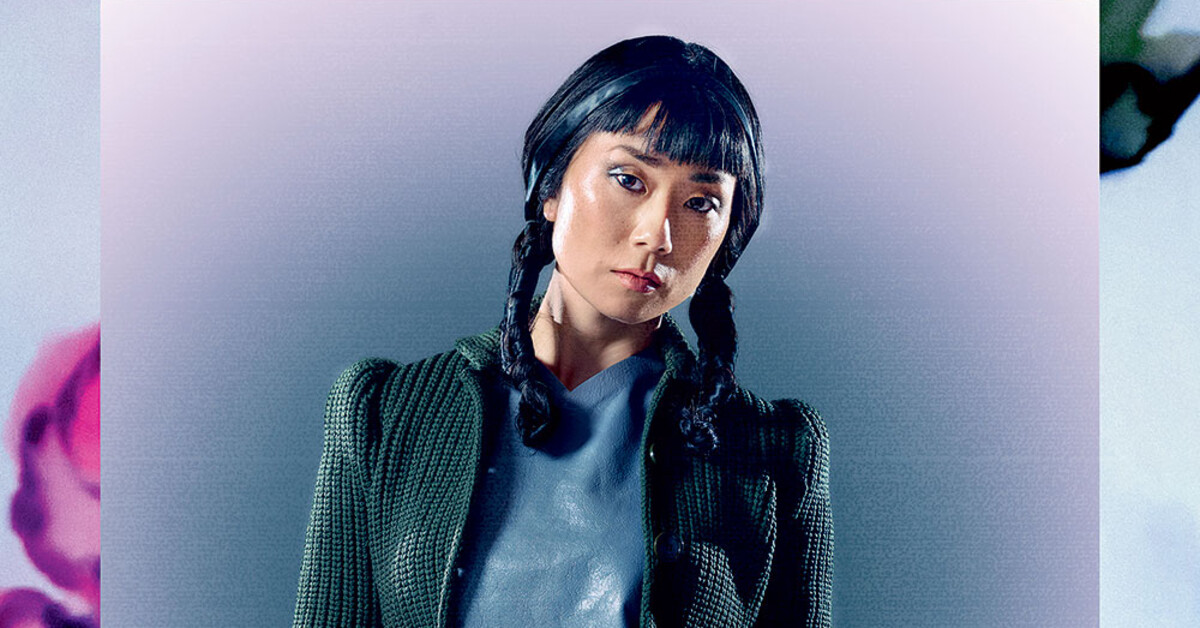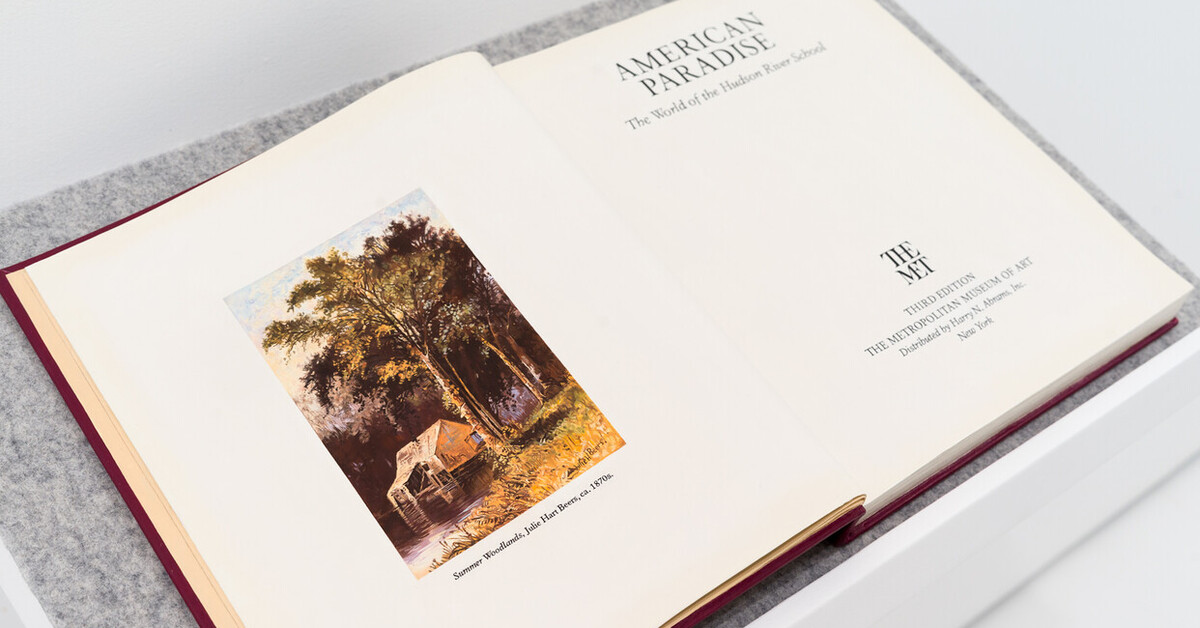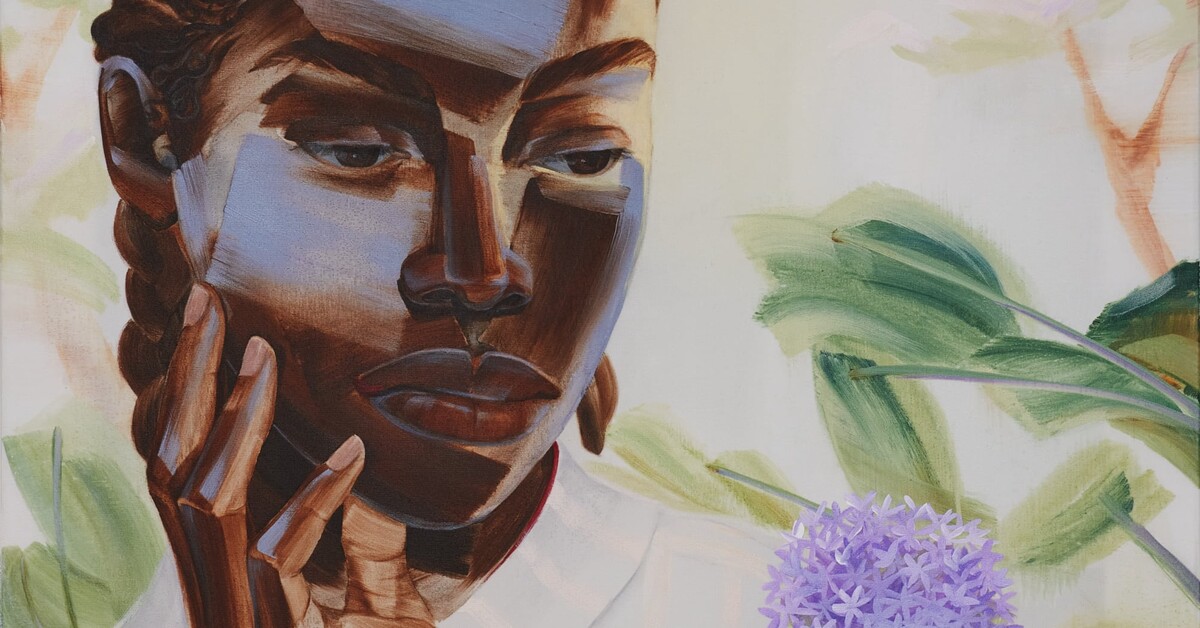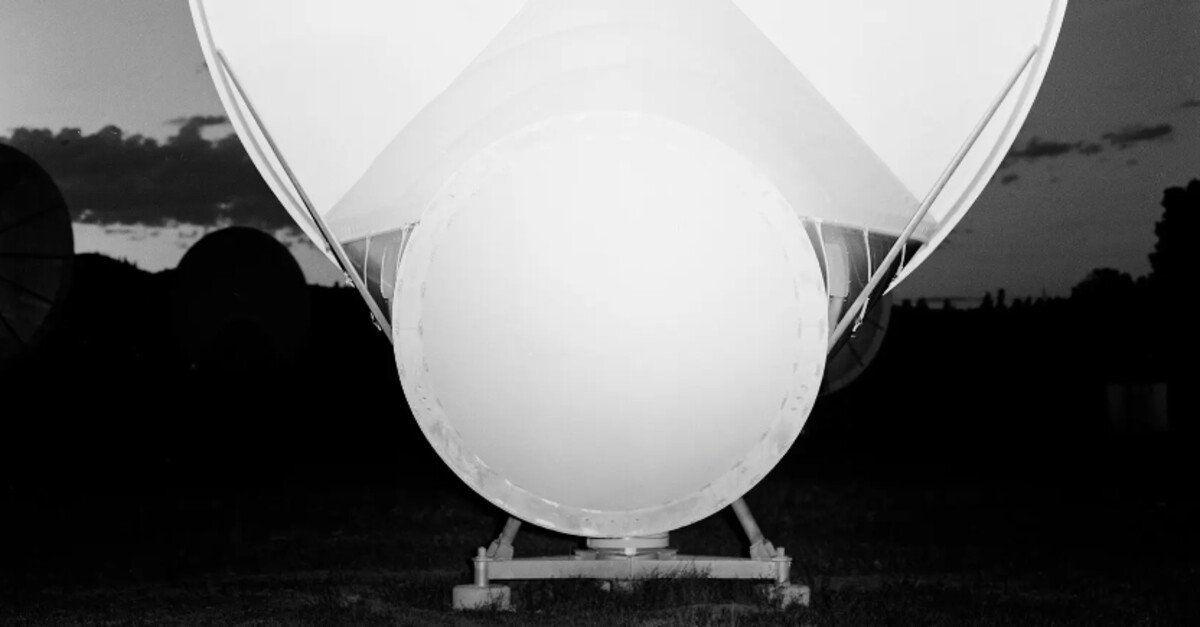In Chicago for Expo? Don’t Miss These 12 Must-See Exhibitions
Cultured / Apr 21, 2025 / by Stephanie Wong / Go to Original
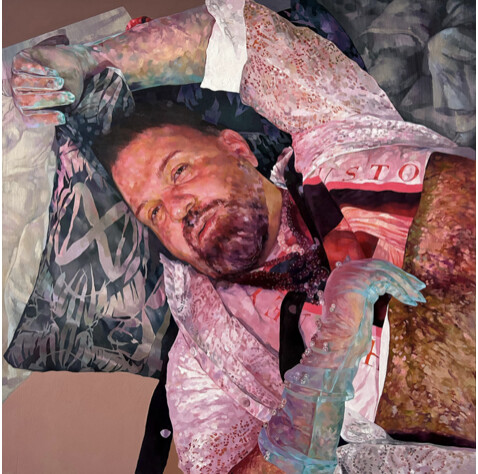
David Antonio Cruz, don’twhispergentlythatyoucan’tforgetme, 2025. Image courtesy of the artist and Monique Meloche.
“25!”
Where: Monique Meloche
When: Through May 23
Why It’s Worth a Look: Marking a milestone year, this sweeping group show celebrates 25 years of Monique Meloche’s singular influence on Chicago’s art scene. From Rashid Johnson to Nate Young, it spotlights artists she’s championed and who’ve helped shape the city’s contemporary landscape.
Know Before You Go: The gallerist also has a booth at Expo, of course—and a seat on its selection committee—but this in-gallery presentation offers the deepest look at her curatorial impact. Expect dynamic installations and politically attuned works—many by artists now in the collections of the Guggenheim, Whitney, and beyond.
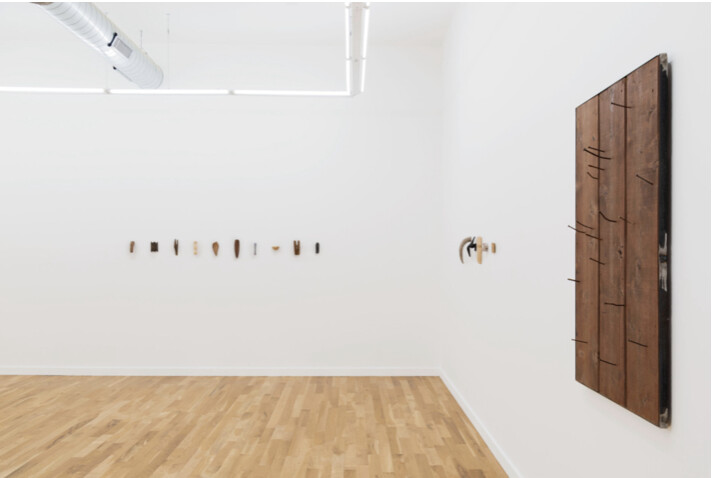
Faheem Majeed, “All of the Parts” (Installation View), 2025. Image courtesy of the artist and Document.
“All of the Parts” by Faheem Majeed
Where: Document
When: Through June 7
Why It’s Worth a Look: Faheem Majeed’s first solo with Document showcases his mastery of material and meaning. Hand-carved from pine and cedar, his new wall sculptures echo fragments of African masks—reclaiming diasporic artistry through traditional woodcarving techniques.
Know Before You Go: Majeed blends archival rigor with craft precision—his use of nails, stains, and polish channels generations of Black artistic labor into deeply tactile, resonant works.
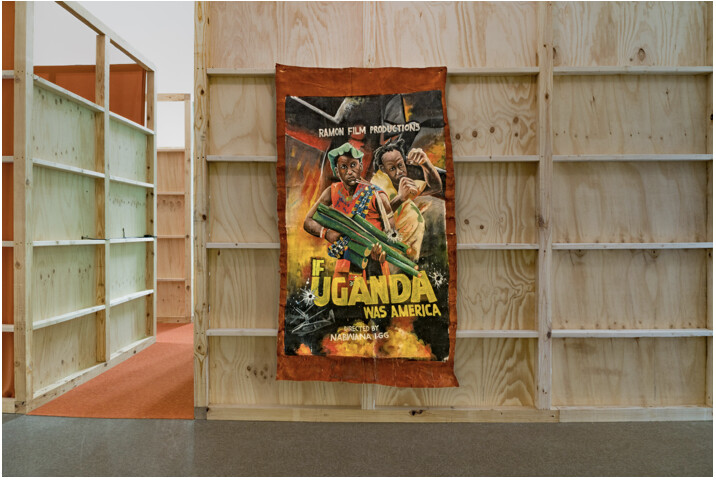
Wakaliga Uganda, “If Uganda was America” (Installation View), 2025. Photography by Bob and courtesy of the Renaissance Society.
“If Uganda Was America” by Wakaliga Uganda
Where: The Renaissance Society
When: Through April 27
Why It’s Worth a Look: Known for cult hits like Who Killed Captain Alex?, film studio Wakaliga Uganda makes its U.S. debut at the Renaissance Society with a genre-bending exhibition that blends cinema, satire, and community storytelling. Founded by self-taught filmmaker Nabwana IGG—dubbed “Uganda’s Tarantino”—the studio turns shoestring budgets and handmade props into radical, action-packed world-building.
Know Before You Go: Anchored by a speculative new work, the titular If Uganda Was America, and framed by a site-specific installation by Studio 2050+, the show reimagines global power through a uniquely Ugandan lens. Expect martial arts, geopolitical punchlines, and plenty of heart.
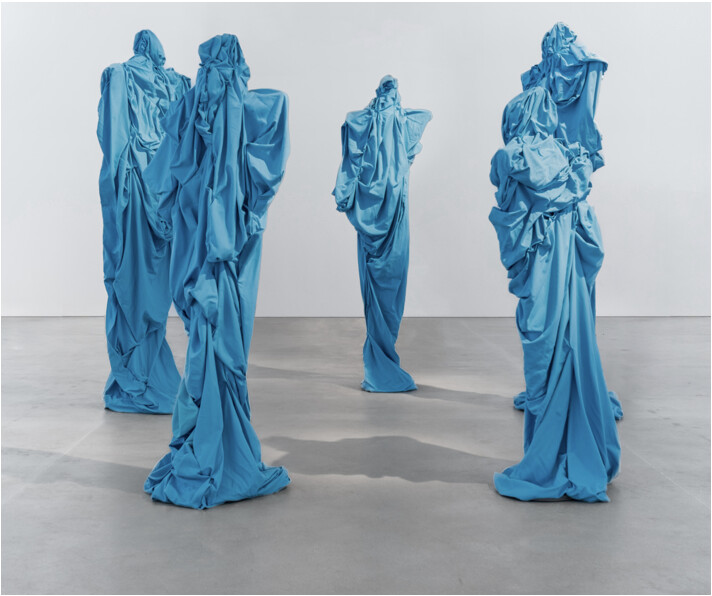
Sandra Mujinga, Unfold and Repair, 2024. Image courtesy of the artist and Gray.
“Apparitions”
Where: Gray
When: Through June 27
Why It’s Worth a Look: “Apparitions” lingers in the space between the material and myth. Featuring works by over 20 artists—including Ana Mendieta, Kara Walker, Alberto Giacometti, and Sandra Mujinga—the exhibition conjures dematerializing bodies and ephemeral spirits, challenging how we see and represent the human form.
Know Before You Go: Silhouettes, shadows, and spectral traces offer a haunting meditation on memory, loss, and transformation—where the body dissolves but never fully departs.
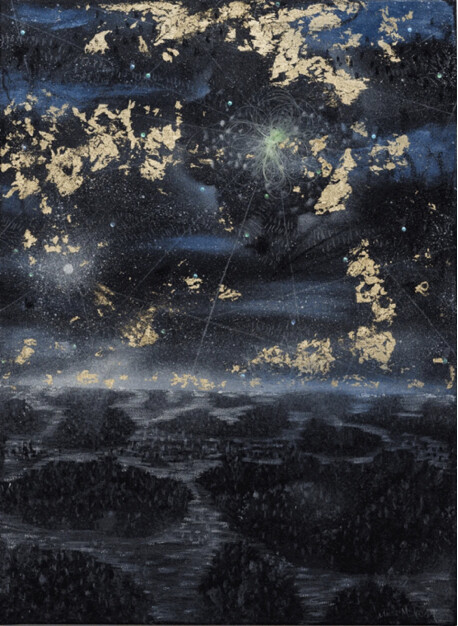
“Under the Flickering Light of the North Star” by Michi Meko
Where: Mariane Ibrahim
When: April 22 – May 31
Why It’s Worth a Look: Michi Meko’s textured abstractions emerge from a disciplined material practice—using just five elements to build layered topographies that pulse with ecological and historical memory. Through acrylic, aerosol, oil pastel, colored pencil, and gold leaf, the artist crafts surfaces that shimmer and shift, evoking the tension between natural beauty and human impact.
Know Before You Go: Each mark is both meditative and insurgent. With references to signal fires and Southern landscapes, Meko’s process becomes a form of cartography—mapping ancestral routes and the psychic terrain of the American South.
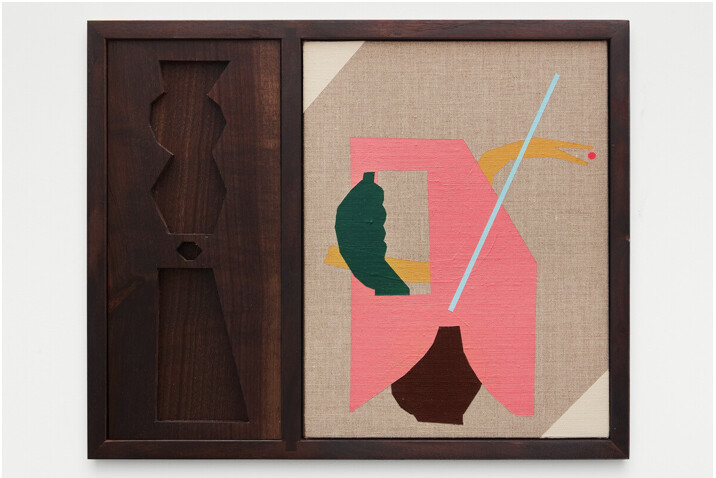
Caroline Kent, The way she would just slightly sway with her gin, her grin, 2025. Image courtesy of the artist and Patron.
“The Sentimental Hand” by Caroline Kent
Where: Patron
When: Through June 14
Why It’s Worth a Look: Caroline Kent returns to her formal roots in this elegant, multi-part exhibition celebrating the physicality of language and the presence of the hand. Working across canvas, paper, wood, and cast cement, she constructs a spatial syntax where gestures become architectural, and meaning is felt before it’s understood.
Know Before You Go: Rooted in architectural research, Kent’s practice moves fluidly across media—paintings feed sculptural forms, cut paper finds structure, and abstract shapes form a language all her own.
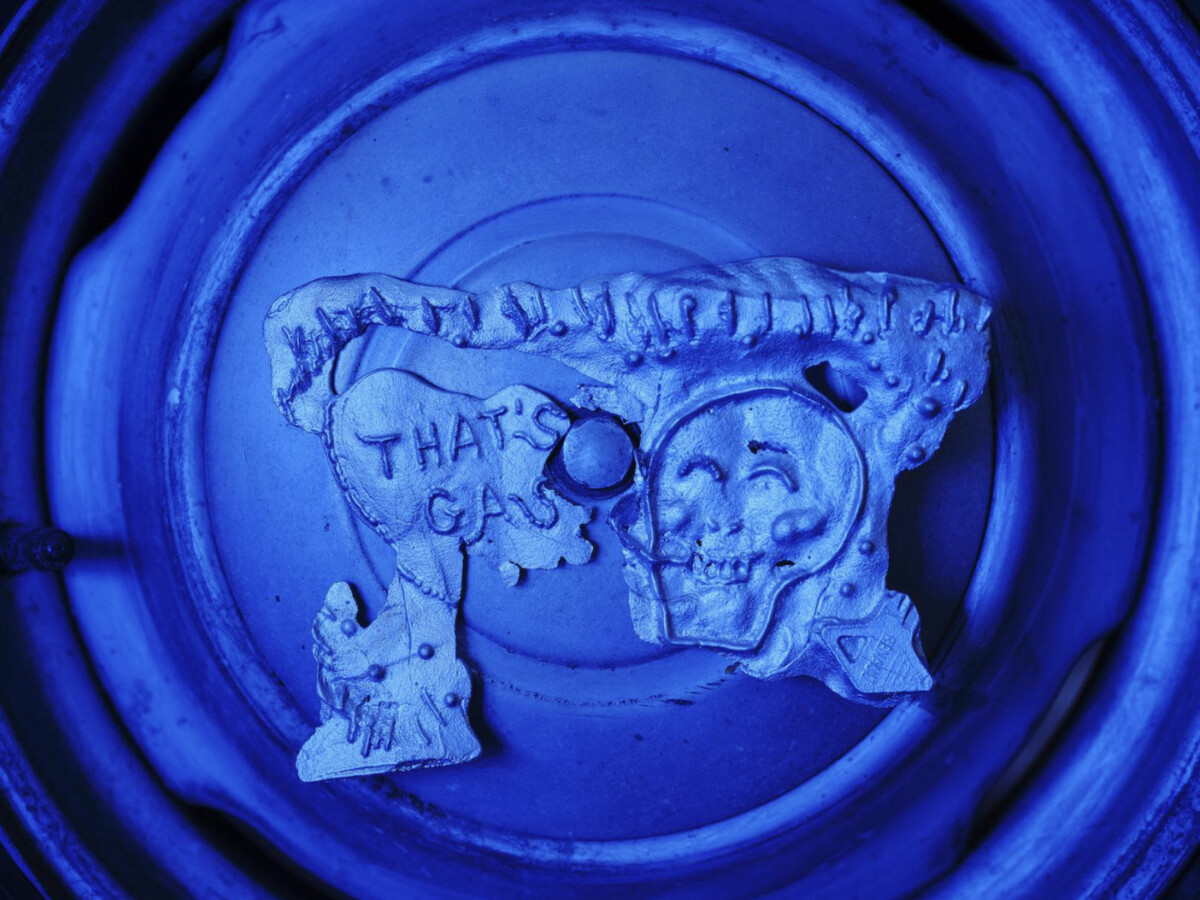
Liliane Puthod, Beep beep, 2024. Image courtesy of the artist and Weatherproof.
“work wear blues” by Liliane Puthod
Where: Weatherproof
When: April 23 – June 1
Why It’s Worth a Look: In her Chicago debut, Dublin-based artist Liliane Puthod excavates the materials of labor—ceramics, bronze, wax, and stone—to unearth stories buried in the everyday. Fusing industrial detritus with traditional craft, she plays the role of ad-hoc archaeologist, revealing the quiet poetry in prosaic objects.
Know Before You Go: Curated by Michael Hill and presented by Ireland’s Askeaton Contemporary Arts, this exhibition is part of a larger citywide program linking Ireland’s artist-led scene with Chicago’s independent spaces. Expect tactile precision, sly critique, and to find unexpected beauty in the overlooked.
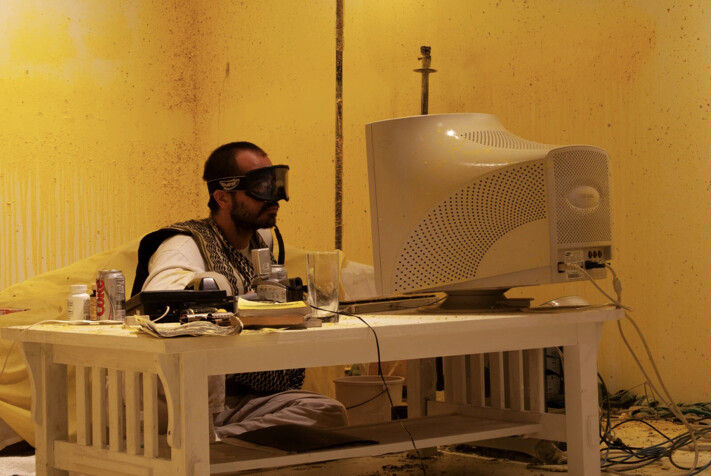
Wafaa Bilal, Domestic Tension, 2007. Image courtesy of the artist and MCA Chicago.
“Indulge Me” by Wafaa Bilal
Where: Museum of Contemporary Art Chicago
When: Through October 19
Why It’s Worth a Look: This first major survey of Iraqi-born, New York-based artist Wafaa Bilal traces two decades of work across performance, sculpture, and interactive tech. From his iconic Domestic Tension—where audiences shot him with a paintball gun via livestream—to new sculptural commissions, Bilal navigates the psychic space between the U.S. “comfort zone” and Iraq’s “conflict zone.”
Know Before You Go: Themes of surveillance, imperialism, and cultural cannibalism—how dominant cultures consume and commodify others—run deep. Bilal uses his body, humor, and digital tools to confront systems of destruction and erasure with visceral urgency.
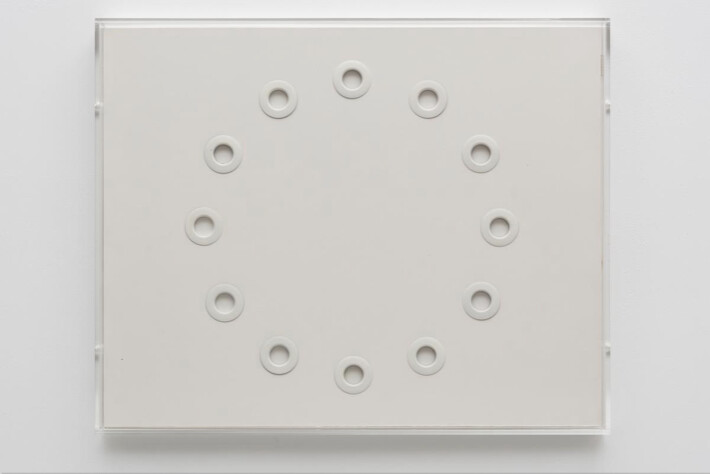
Nancy Holt, Untitled, 1973. © Holt/Smithson Foundation, Licensed by VAGA at ARS, New York. Image courtesy of Sprüth Magers and Bodenrader.
“Know”
Where: Bodenrader
When: Through May 17
Why It’s Worth a Look: “Know” gathers seven artists—Nancy Holt, Hanne Darboven, Gerald Jackson, Alfred Jensen, Paul Neagu, William T. Wiley, and Terry Winters—who interrogate the limits of language, measurement, and time. Highlights include Holt’s 1969 concrete poem Hammond and a rarely seen 1973 grommet piece, Untitled, shown alongside a hand-bound artist book Darboven sent her just one week after the death of Holt’s husband, Robert Smithson.
Know Before You Go: Part elegy, part code, this exhibition rethinks how we record and transmit knowledge. Expect works that quantify, abstract, and quietly unravel the very systems they rely on.
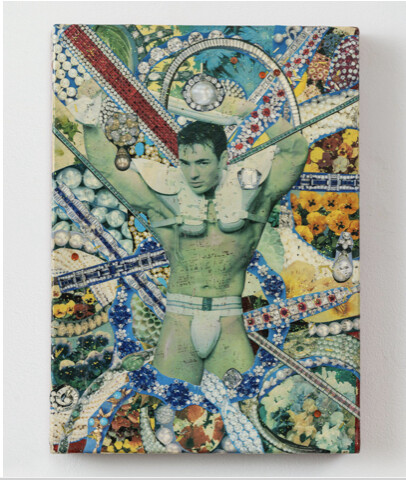
Arch Connelly, Local Boy, 1990. Image courtesy of Corbett vs. Dempsey.
“The Future Reflected” by Arch Connelly
Where: Corbett vs. Dempsey
When: Through April 26
Why It’s Worth a Look: Decades ahead of his time, Arch Connelly blurred glamour and grit, queerness and kitsch. The first solo showing of his work in Chicago—and first gallery presentation since his 1993 death—spotlights the artist’s lavishly textured wallworks from 1981–1991. Faux pearls, sequins, and shattered eggshells become portals into what poet and critic Rene Ricard called “space age surrealism,” where decadence slips into something uncanny and electric.
Know Before You Go: Before rising in New York’s East Village scene, Connelly designed sets for the legendary Cockettes and performed with the Angels of Light in 1970s San Francisco. This long-overdue homecoming honors a Chicago-born artist whose surfaces shimmer with camp, intimacy, and subversion.
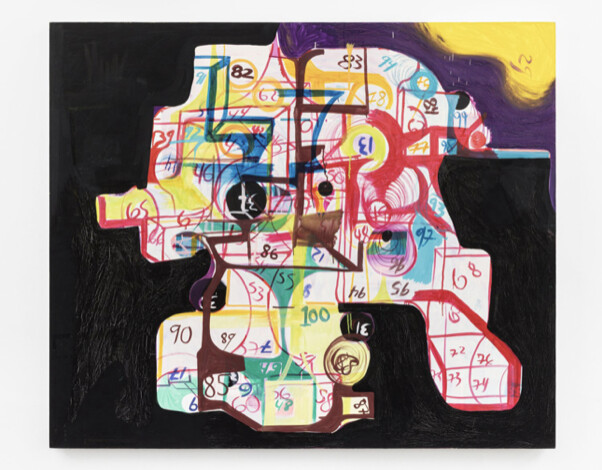
Faheem Majeed, “All of the Parts” (Installation View), 2025. Image courtesy of the artist and Document.
“Lucky 13” by Joanne Greenbaum
Where: Hans Goodrich
When: Through May 31
Why It’s Worth a Look: “Lucky 13” revisits a formative series by Joanne Greenbaum, created between 2005 and 2007, where numbered marks trace the intuitive logic of painting. Fueled by a challenge to the idea that abstraction lacks “content,” these works unfold like process-maps—part diagram, part diary—built from high-low materials and visual mischief.
Know Before You Go: Drawing on psychoanalytic ideas of play as a transitional space, Greenbaum turns the canvas into a site of disruption and discovery. Born from play, frustration, and formal rigor, these works frame not-knowing as a generative force in itself.
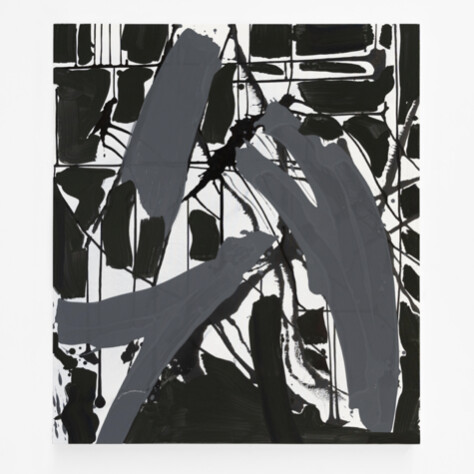
Arnold J. Kemp, Steal This Painting, 2025. Image courtesy of the artist and M. LeBlanc.
“Un-make | Un-model” by Arnold J. Kemp
Where: M. LeBlanc
When: Through May 31
Why It’s Worth a Look: In his latest exhibition at M. LeBlanc, Arnold J. Kemp sharpens his decades-long investigation into identity, stereotype, and abstraction. Focusing on painting and drawing, “Un-make | Un-model” probes the limits of legibility—of both language and the body.
Know Before You Go: Balancing expressive mark-making with deliberate restraint, Kemp’s works function like code—layered, assertive, and withholding in equal measure. Referencing masks, doubles, and inherited histories, the show asks viewers to sit with ambiguity and reflect on their own cultural frameworks.

